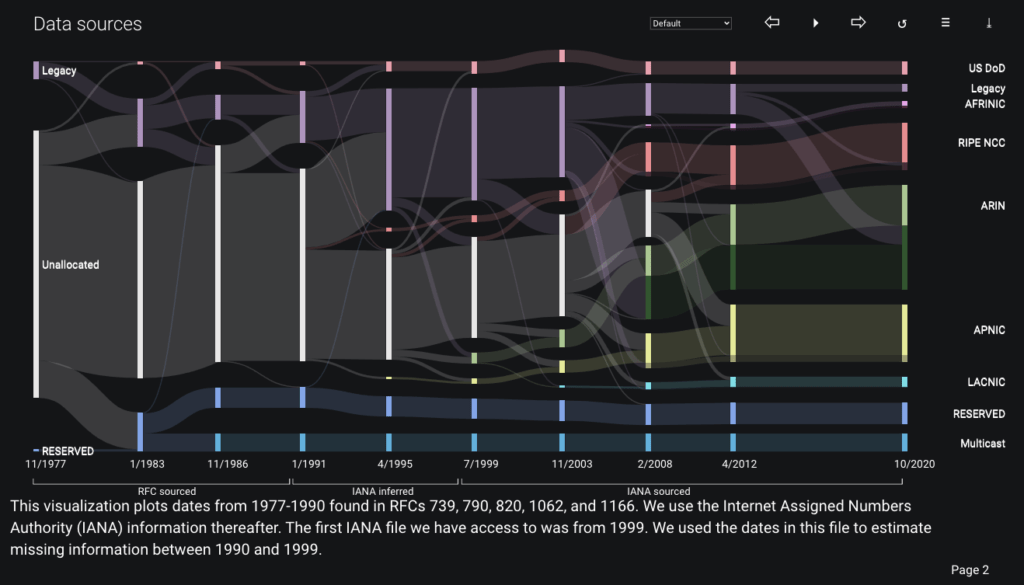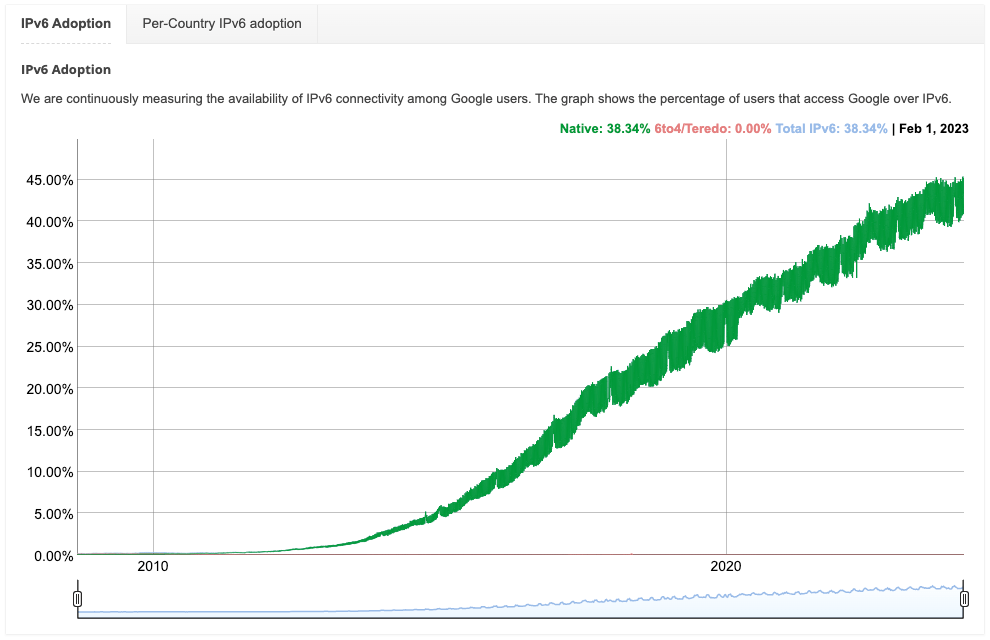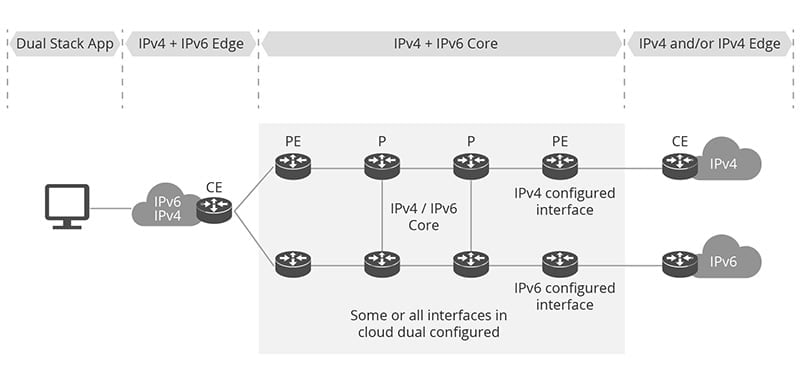In the landscape of internet technology, addressing systems are pivotal for network communication. The transition from Internet Protocol version 4 (IPv4) to Internet Protocol version 6 (IPv6) marks a significant phase in adapting to digital age demands.
Let’s explore this transition, focusing on its timeline and implications.
The IPv4 Era
Introduced in the early 1980s, IPv4 has been the backbone of internet communication, utilizing a 32-bit address format. This system allowed for approximately 4 billion unique addresses, a number that seemed vast at the time but has proven insufficient due to the explosive growth of internet-connected devices. Example of an IPv4 address:
192.168.152.8
Hitting the Limit
The final allocation of IPv4 addresses occurred on February 3, 2011, when the Internet Assigned Numbers Authority (IANA) distributed the last blocks of IPv4 addresses to the five regional internet registries.
This moment was a clear signal that the internet was outgrowing its original addressing infrastructure, highlighting the urgent need for a more scalable solution.
It was also the original date that this article was published, discussing the IPv4 to IPv6 transition that was ahead of us.

The Rise of IPv6
IPv6 was developed to address the limitations of IPv4, introducing a 128-bit address system. This expansion allows for a seemingly limitless number of unique addresses, ensuring the internet can accommodate the burgeoning number of devices worldwide.
IPv6 address example:
2001:0db8:85a3:0000:0000:8a2e:0370:7334

Transitioning to IPv6
The global transition to IPv6 has been gradual, with businesses, service providers, and users adapting to the new protocol. This shift requires significant updates to software and hardware to support the extended address space, a process that has been ongoing since the early 2010s.

Challenges of Dual Addressing
In the interim, the internet operates on a dual-stack model, supporting both IPv4 and IPv6 addresses. This coexistence is necessary but can lead to compatibility issues and transitional glitches, akin to the confusion between using Celsius and Fahrenheit. These challenges underscore the complexity of migrating to a new internet protocol while maintaining seamless global connectivity.

Looking Forward
As of now, the move towards IPv6 is not just a technical upgrade but a necessary evolution to support the internet’s expansive future. With each passing year, IPv6 adoption grows, promising a more robust and scalable network that can support the next generation of internet innovation.

In Retrospect
The shift from IPv4 to IPv6 is a landmark in internet history, addressing the critical challenge of IP address exhaustion and laying the groundwork for future growth. As we progress, the importance of IPv6 will only become more pronounced, ensuring the internet remains a cornerstone of global communication and innovation.



